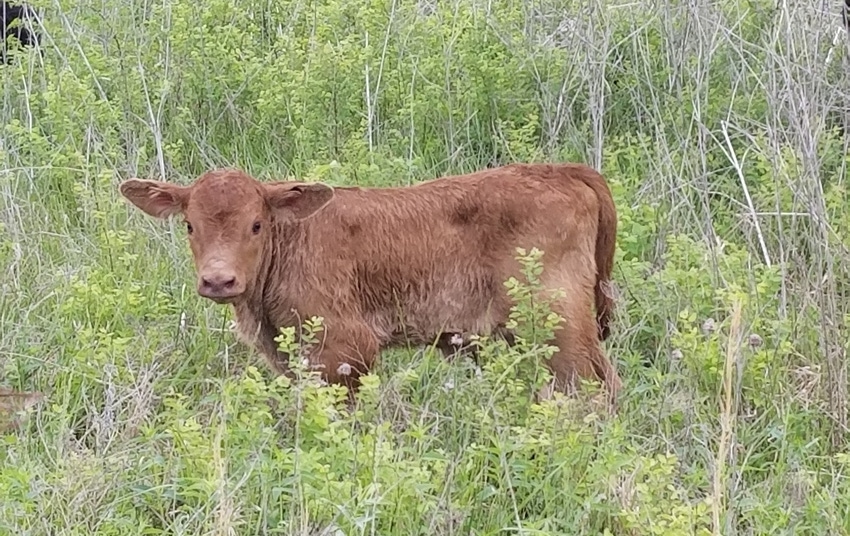
Cows’ milk has been described as the perfect food, and certainly it can be for calves.
Milk replacers have been around for a long time but are still a distant second to the real thing. However, the real thing varies a lot with the individual cow, time of the year, location and forage.
Colostrum is the first milk a cow produces before and just after calving. Quality colostrum is liquid gold. It contains quality energy, fat, protein, vitamin A and antibodies that set the calf up for a positive run of life. A 60-pound calf that nurses three quarts of quality colostrum in the first 30 to 60 minutes after birth quickly gets bounce to its step.
A gallon of quality milk will furnish a 60-pound baby calf with most everything for health, if the weather is moderate and the cow does decent mothering. Quality colostrum and milk are relatively easy for most cows and heifers to produce in mid to late spring and early summer.
A gallon of good milk contains:
One-half pound of butterfat
Almost 1.5 pounds of dry matter
Nearly 100% digestible nutrients
Calves that start right mostly stay right. Eliminate mud and winter weather from the picture and the health and fun really gets in gear. Calves born in late May weigh within 40 pounds as much in October/November as calves born in February/March. In August of the next year, late-May born yearlings weigh with February/March born yearlings. We can’t see or weigh the difference.
Ranchers have recognized for a long time that calves grow faster when they get more milk. Emphasis has been placed on milk production and breeding for a long time. The trouble with that mentality is that milk is biologically expensive and cows that milk hard are mostly short lived. Four to 6 quarts of milk daily is likely optimal. This is true of most years and cows need to calve well into the growing season, meaning four to eight weeks after the green-up. Push the calving season up from February, March or April, and the project changes. High-producing cows will blow out some bags. This is just part of the problem with chasing weaning weights.
Calves are born without any reasonable immunity. They are born with short hair. They are born with little insulation. They are stressed by 45-degree temperatures. Cold rain is a bear. Ditto for mud.
South Poll developer Teddy Gentry in his book, “Before You Buy a Cow,” written with Allen Williams of Mississippi and Greg Judy of Missouri spends good time and pictures discussing udders and teats. This is important for calf health.
Depending on where you live, sometime by May or early June, diverse pastures will or should produce quality colostrum followed by quality milk. Time and timing are a big deal when it comes to milk. The best animal health problems are the ones we have prevented.
Winter and early spring calving always leads to more work and plenty of wrecks. Selection for milk needs to move away from our emphasis of the past 50 years or more. If you want a bunch of milk I’ll sell you a Jersey heifer. She will extend your education and you can start milking.
The opinions of the author are not necessarily those of Beef Producer or Farm Progress.
About the Author(s)
You May Also Like






